Traffic Signals and Roundabouts-I am sure we all have been through these innumerable times in our lives. But have we ever given them attention? Have we ever wondered which is better of the two? Are they chosen randomly or are there significant advantages of each type? Let us answer these questions as we learn more about them.
What exactly are Traffic signals and Roundabouts?
To begin with, an (at-grade) intersection is basically formed when two or more roads meet at the same place and level. While intersections (or junctions) can be of various types, the two most common are traffic signals and roundabouts.
Traffic lights (or signals) are traffic control devices that allow for orderly motion at a junction by permitting movement of all users in a sequence. On the other hand, in a roundabout, vehicles from all entryways can simultaneously move in a rotary fashion in one direction before exiting. There are quite a few differences between the performance of signals and roundabouts. Let us go through these and see the pros and cons of each type.
Aesthetics and Cost
In terms of aesthetics, while signalized intersections give an elegant grid like appearance, roundabouts offer added area for green spaces. Roundabouts also provide space for placing artwork and cultural installations.
While construction of the central "well" accounts for the higher initial cost of roundabouts, they offer significant savings over time. On the other hand, intersections with traffic signals incur procurement cost of signals as well as electricity and maintenance costs.
Safety, Traffic Flow and Fuel Economy
These form the most important characteristics of intersection efficiency. At signalized intersections, the most serious accidents are right-angle or head-on collisions at high speeds. On account of their geometry, and the fact that vehicles move in the same direction and speed, the possibility and severity of accidents at roundabouts is greatly reduced.
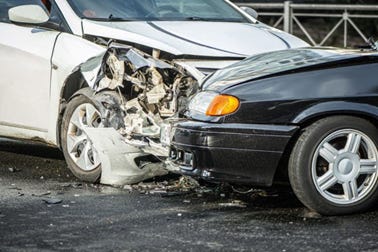
As per a study of roundabouts which replaced other intersection forms, they experience 39% fewer vehicle collisions, 76% lesser injuries and 90% fewer fatalities. Studies from other countries where roundabouts have been used for decades report similar findings.
The safety benefits of roundabouts, nonetheless, do not come at the expense of traffic flow. In fact, research shows where roundabouts replaced traffic signals, delays due to traffic actually reduced by nearly 75%.
The major cause of delay at signals is the complete halt of vehicles at red light which often causes pile up of vehicles. This complete stoppage also results in wastage of fuel, in addition to the stop and start action, generating intolerable noise and pollution. As vehicles only need to slow down and not halt at the approaches, roundabouts allow for smoother movement and greatly cut such emissions. For this reason, roundabouts have been found to reduce emissions of greenhouse gases as well as fuel usage by about 30%.
Pedestrian and Cyclist Friendliness
Pedestrians need to cover significantly lesser distance while crossing a signalized intersection, as compared to a roundabout. The complete stoppage of vehicles at signalized intersections make them useful and in fact effective in areas such as school zones and other places with considerable foot traffic.
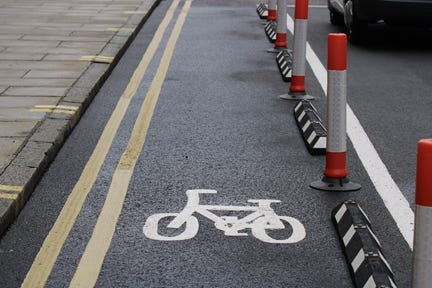
At a roundabout, cyclists usually need to traverse the intersection along with motor vehicles. This becomes a cause for hazard as an analysis from New Zealand shows that 26% of cyclists reported injury crashes at roundabouts, compared to 6% at traffic signals.
Conclusion
To sum it up, roundabouts have significant advantages over traffic lights in safety, traffic flow, and fuel economy, while being moderately better in terms of aesthetics and costs involved. However, signals have been generally found to be safer for pedestrians and cyclists. Also, properly designed and operated traffic signals can offer advantages of orderly movement and increased traffic-handling capacity during rush times. Traffic lights also interrupt heavy traffic at intervals to permit other vehicles or pedestrians to cross, which may sometimes be obstructed in the case of roundabouts.
Why some countries (like USA) still prefer Traffic Signals
From the above discussion, the various benefits of roundabouts over their counterparts have been established. This should be the basis for switching to roundabouts wherever possible. However, in USA, a country where traffic lights have been the go-to option, this has not been the trend so far, except in isolated places.
Despite the proven advantages of roundabouts, perceived confusion of driving through them and reluctance to switch from traffic lights are the primary reasons why they continue to be used extensively in countries such as USA. Due to scarce implementation in the United States, there is a lack of operational information of roundabouts under local conditions, which adds to the public and institutional reluctance to switch from traffic lights.
Also, as land in urban areas can be scarce and expensive, especially around built intersections, this can be a hurdle to providing roundabouts in such places as they require additional space around the intersection to provide room for circular motion of vehicles. Also, as intersections become part of cultural history of local communities over time, it can become difficult to garner public support to change them.
Modern Technologies-The way forward
While traffic signals and roundabouts are simple and effective forms of intersections, in many places their combinations or variations are being introduced, such as signalized roundabouts. Several intersections are also now being equipped with advanced technologies such as remote monitoring systems which help in orderly movement of traffic, cutting time and fuel losses, increasing safety and promoting non-motorized means of transport. These are encouraging trends towards achieving a sustainable and equitable future.
Fun facts
Here are some amusing facts related to traffic intersections:
1. France holds the record for the most roundabouts in the world-above 30,000 in number, which is about half of the total roundabouts in the world.
2. Previously, there were no yellow lights on traffic signals. It was added in the 1920s to warn drivers that the light was about to change to red.
3. Swindon's "Magic Roundabout" in England consists of five mini-roundabouts encircling a central roundabout.
4. Arc de Triomphe in downtown Paris has 12 avenues radiating out from its center.
5. Red light has a longer wavelength than other colors, so it can be seen from farther away. This helps drivers hit the brakes a little sooner.
List of References
https://www.iihs.org/topics/roundabouts
https://opentransportationjournal.com/VOLUME/14/PAGE/120/FULLTEXT/
https://en.m.wikipedia.org/wiki/Traffic_light
https://en.m.wikipedia.org/wiki/Roundabout
https://www.bbcamerica.com/anglophenia/2014/02/why-americans-dont-understand-the-roundabout#:~:text=France%20has%20over%2030%2C000%20British,the%20most%20in%20the%20world.
https://www.cityofirvine.org/signal-operations-maintenance/advantages-traffic-signals
https://www.fhwa.dot.gov/publications/research/safety/00068/
https://elteccorp.com/news/other/what-is-the-purpose-of-traffic-signals/
https://www.bredell.com/blog/2020/01/interesting-facts-about-roundabouts/
https://medium.com/sidewalk-talk/the-next-generation-intersection-helps-all-modes-share-the-street-37edf4edf635
https://www.cityworks.com/blog/7-fascinating-facts-about-traffic-lights/
WYDOT’s Public Affairs Office (March 2012) WYDOT Quick Facts TRAFFIC SIGNALS, Wyoming: .
INSURANCE INSTITUTE FOR HIGHWAY SAFETY (May 13, 2000) STATUS REPORT, Arlington, VA: .


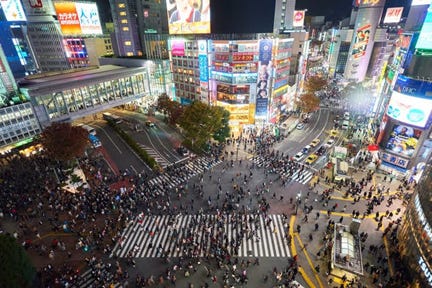

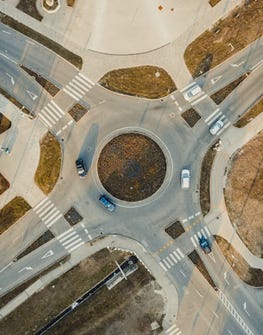
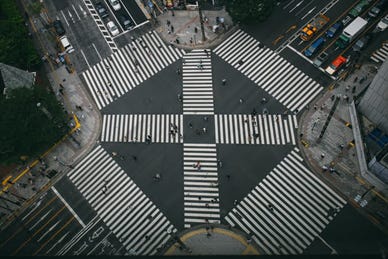

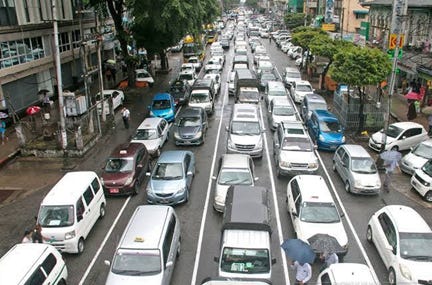
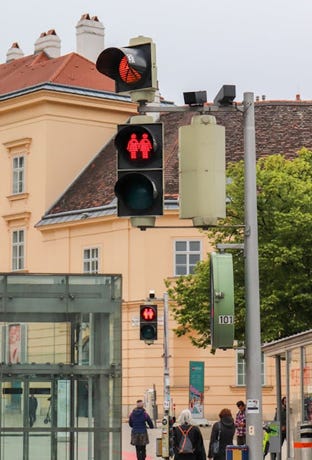
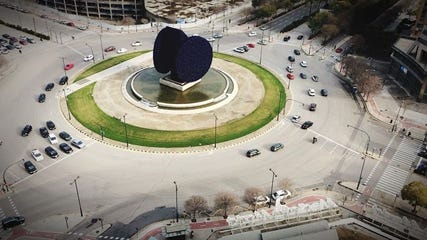
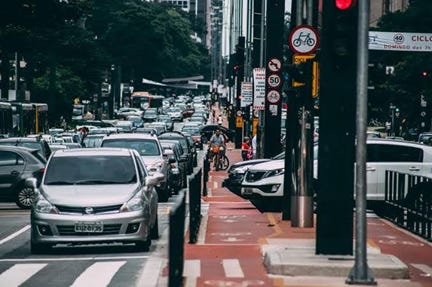
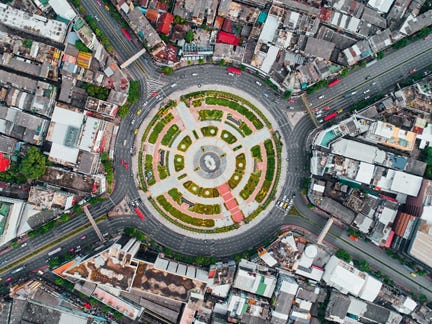
Very well explained , good work ✌️
Well explained 👍